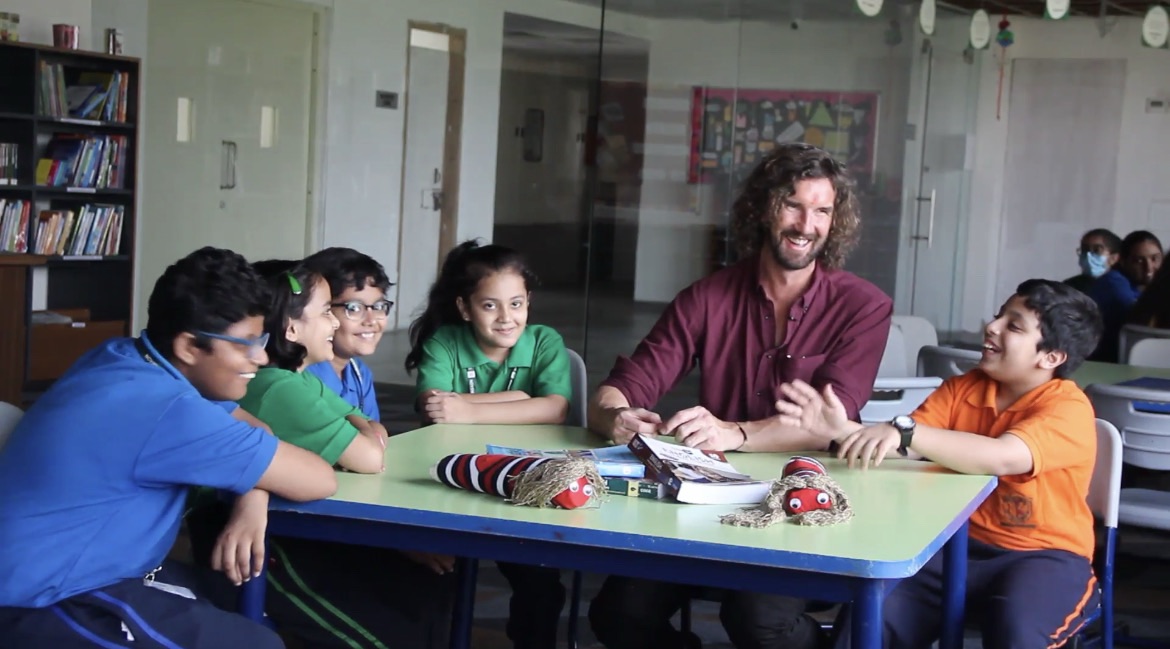We’ve all heard of or experienced the traditional education system where students of the same age group are put in the same class, but have you heard of the Montessori approach to education?
In a Montessori classroom, students of different ages are placed in the same environment, creating a diverse and unique learning experience. And trust me, the benefits of this method are numerous!
Here are the top ten advantages of a mixed-aged classroom, inspired by the teachings of Maria Montessori herself.

- “Help and Assistance”: Older students often take on leadership roles and help younger ones with their work. This not only benefits the younger students but also develops important life skills in the older ones such as patience, empathy, and responsibility.
- “Spontaneous Discipline”: When children of different ages work together, they learn to respect each other and develop a sense of community. This leads to a more harmonious classroom environment and less need for external discipline.
- “Fostering Independence”: In a mixed-aged classroom, students are able to work at their own pace and follow their own interests. This allows for the development of independence and a love of learning.
- “Multigenerational Wisdom”: A mix of students from different age groups brings a wealth of knowledge and experiences to the classroom. This creates a rich learning environment where students can learn from each other and expand their perspectives.
- “The Absorbent Mind”: Young children have an innate ability to absorb information and learn quickly. By being in a mixed-aged classroom, they are exposed to older students who serve as positive role models and help them to grow academically and socially.
- “Freedom within Limits”: Maria Montessori believed that children need freedom within limits to reach their full potential. A mixed-aged classroom provides this freedom by allowing students to work at their own pace and choose their own activities within a structured environment.
- “Preparation for Life”: In a mixed-aged classroom, students learn to interact with people of different ages and backgrounds. This prepares them for real-life situations and helps them to become well-rounded individuals.
- “Building Relationships”: Working and playing together in a mixed-aged environment allows students to build strong relationships with each other. These relationships last a lifetime and create a supportive community of learners.
- “Encouraging Cooperation”: When students of different ages work together, they learn to cooperate and collaborate. This helps them to develop important social skills and work together towards a common goal.
- “Nurturing Creativity”: A mixed-aged classroom provides a creative and dynamic environment for learning. With students of different ages and backgrounds, there is a constant flow of new ideas and perspectives, which can inspire creativity in all students.
Overall, the Montessori approach to education provides numerous benefits for students of all ages. By embracing diversity and placing students of different ages in the same classroom, we create a unique and enriching learning environment. To quote Maria Montessori, “The greatest sign of success for a teacher… is to be able to say, ‘The children are now working as if I did not exist.'”









2 Responses
I absolutely agree with this type of learning. However, we have to equip the educator handling such mixed classes. It sometimes becomes overwhelming with two different age groups together as the older ones often end up speaking for the younger ones. Answering to questions meant to check the learning of the younger lot becomes challenging as it is quite tempting for the older ones to respond. It often turns chaotic with many voices at the same time.
Hence training the trainer is one key aspect to be taken in before we put two different age groups together.
What do you think?
Good article that highlights the benefits of mixed age classroom. However, teachers have to be supported to take on a mixed age classroom. To effectively teach, they need to use differentiation strategies, they need to understand the varying abilities of their student and adapt classroom management strategies. There are several factors that affect the success in a mixed age classroom not to forget that the teacher is juggling demands, expectations and needs of their students. A teacher who has learnt to effectively manage a multi age classroom and deliver a successful class is a gem in the education system.